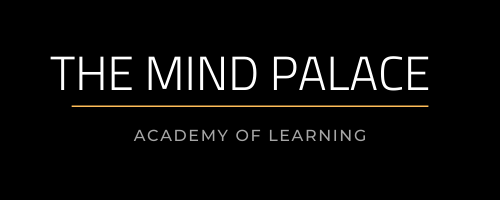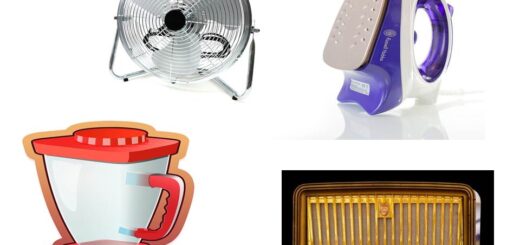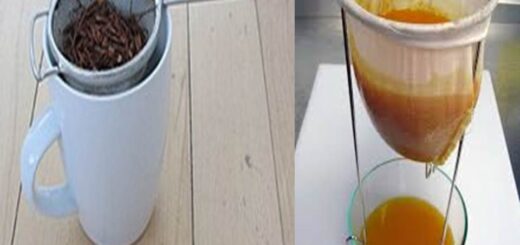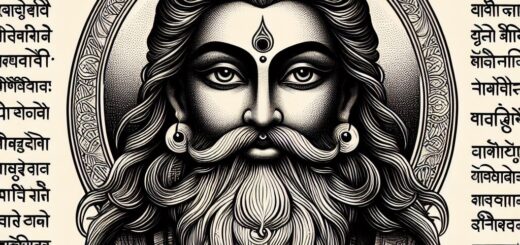Getting to Know Plants
Summary of getting to know plants
Solved exercise of getting to know plants
We see different kinds of plants growing around us .They vary in there appearance some are short and some are tall some are tender and some are not.Plants are living organism that makes life possible on earth. Different parts of plants are used by human being and animals for existence
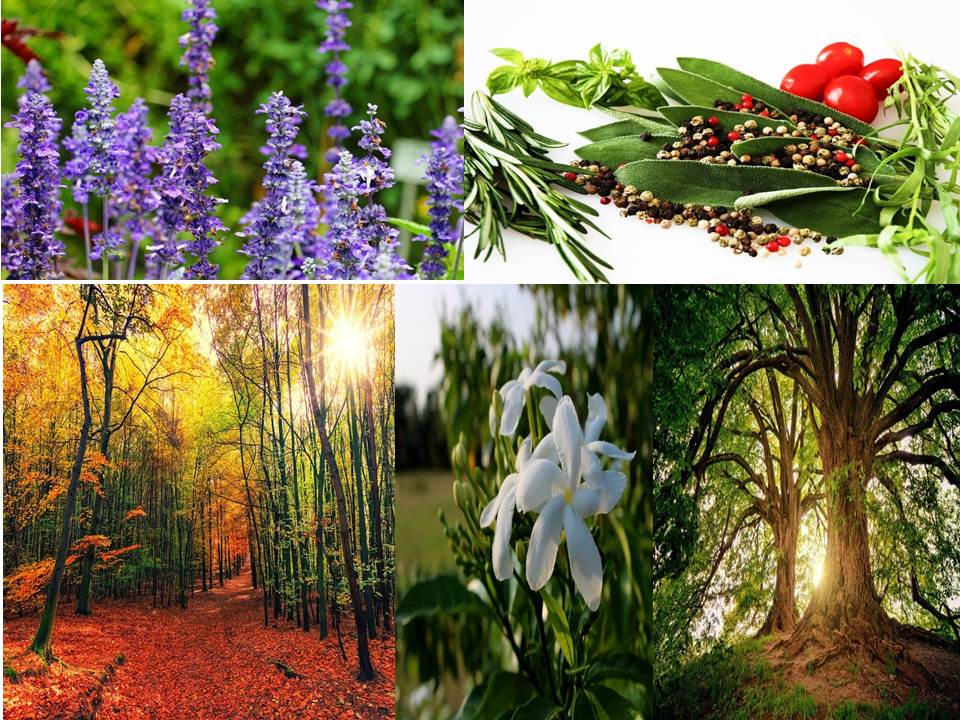
Summary
While some are just patches of green on the soil .Some have green leaves, while some others have reddish ones. Some have huge red flowers; some have tiny blue ones, while some have none. We do see a variety of plants existing all around us near our homes.Let us get to know the different parts of any plant.
HERBS
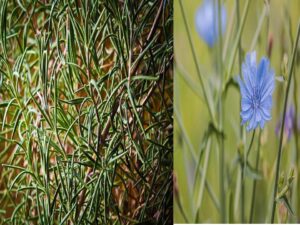
Based on these characters most plants can be classified into three categories: herbs, shrubs and trees. Herbs: Plants with green and tender stems are called herbs, They are usually short and may not have many branches.
Shrubs

Some plants develop branches near the base of stem. The stem is hard but not very thick.
Trees.
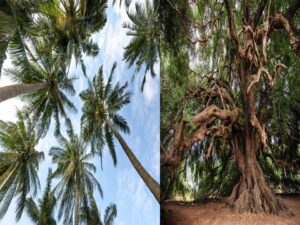
Some plants are very tall and have hard and thick stem. The stems have branches in the upper part, much above the ground. Such plants are called trees.
Plant body has 4 parts
- 1.Stem
- 2.Leaves
- 3.Branches
- 4.Root
STEM
A stem is one of two main structural axes of a Vascular plant. Plants with weak stems that cannot stand up right by spread on the ground are called creepers. while those that take support and climb up are called climbers .These are different from the herbs, shrubs and trees. stem helps in upward movement of water. The water and minerals go to leaves and other plant parts attached to the stem.

LEAF
The part of leaf by which it is attached to the stem is called petiole Petiole. The broad, green part of the leaf is called lamina, These lines on the leaf are called veins. line in the middle of the leaf is called the midrib. And The design made by veins in a leaf is called the leaf venation. If this design is net-like on both sides of midrib, the venation is reticulate In the leaves of grass you might have seen that the veins are parallel to one another. This is parallel venation.
What does the leaf do?
The main job of a leaf is to make food. Leaves do this by using sunlight for energy to take apart water from the ground and carbon dioxide from the air. Leaves use parts of water and carbon dioxide to make sugar. Water comes out of leaves in the form of vapour by a process called transpiration Plants release a lot of water into the air through this process. Leaves prepare their food in the presence of sunlight and a green coloured substance present in them. This process is called as photosynthesis. Oxygen is given out in this process. The food prepared by leaves ultimately gets stored in different parts of the plant. Water comes out of leaves in the form of vapour by a process called transpiration.

ROOT

Root is underground non green part of a plant body .root perform two main function they absorbs water from the soil.The roots are the organs of a plant that are modified to provide anchorage for the plant and take in water and nutrients into the plant body, which allows plants to grow taller and faster. The main root is called tap root and the smaller roots are called lateral roots. All roots seem similar and these are called fibrous roots.
FLOWER

A flower, sometimes known as a bloom or blossom, is the reproductive structure found in flowering plants Different flowers have petals of different colours. The part which is made up of small leaf like structure these are called sepals The inner most part of the lower is called as pistil.
Ovary
The ovary often supports a long style, topped by a stigma. The mature ovary is a fruit, and the mature ovule is a seed. Stigma: The part of the pistil where pollen germinates. Ovary: The enlarged basal portion of the pistil where ovules are produced.small bead like structures inside the ovary they are called ovules.
Exercise
Correct the following Statements and Rewrite them in your notebook.
- Stem absorbs water and minerals from the soil.
Roots absorb water and minerals from the soil.
- Leaves hold the plant upright.
Roots hold the plant upright.
c) Roots conduct water to the leaves.
Stem conduct water to the leaves
- The number of petals and stamens in a flower is always equal.
The number of petals and sepals in a flower is usually equal.
- If the sepals of a flower are joined together, its petals are also joined together
If the sepal of a flower are joined together its petals are not necessarily joined together
- If the petals of a flower are joined together, then the pistil is joined to the petal
If the petals of a flower are joined together them the pistil is not necessarily joined to the petal.
